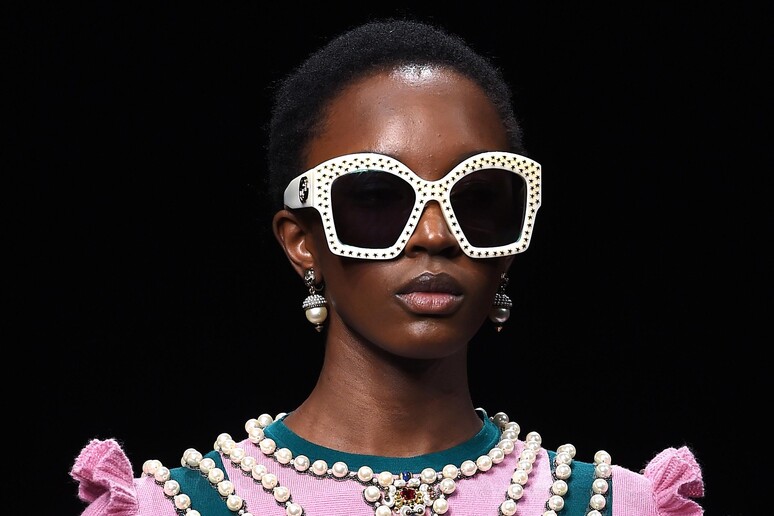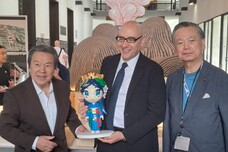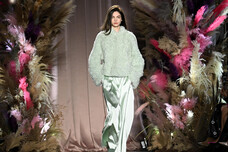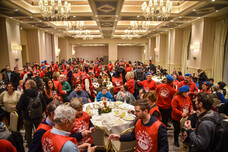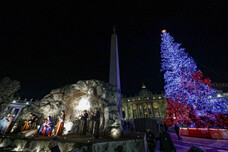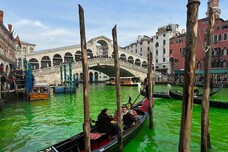Milan fashion week opened
Wednesday in the wake of calls at the New York and London shows
to revolutionize the industry by making clothes debuted on the
catwalk immediately available to customers.
The third leg of the fashion marathon kicked off in Italy's
financial capital after Burberry this week abolished the
traditional six-month wait between its catwalk show in London
and clothes hitting stores.
"Ready to wear-ready to go" was the catchphrase du jour in
New York as Michael Kors showed a number of items that were
immediately available for purchase and Tommy Hilfiger announced
it is embracing the "see now-buy now" strategy as of September.
Amid the buzz on fashion's time frame, Milan will be
hosting 73 shows and 98 presentations of women's fall-winter
2016-2017 ready-to-wear collections through Monday.
Roberto Cavalli, Alberta Ferretti, and Gucci are among the
week's openers while several labels will be hitting the Milan
catwalks for the first time - including Diesel Black Gold,
Atsushi Nakashima, Piccione.Piccione, Lucio Vanotti, and Giorgio
Armani guest designer Ujoh.
Data released on the eve of Milan fashion week by Italian
investment bank Mediobanca's research center showed Italy's
leading fashion brands are in good health, posting the highest
growth compared to other manufacturing sectors.
Mediobanca analysts said 143 fashion brands with 2014
revenue of at least 100 million euros posted average growth of
5.8% while manufacturing companies recorded a 0.8% downturn.
Turnover at the top 15 fashion groups grew 30.8% - from
21.3 billion to 27.8 billion euros - between 2010 and the first
nine months of 2015, Mediobanca reported.
Among these, luxury eyewear maker Luxottica in 2014 posted
the highest turnover at 7.65 billion euros, followed by Prada
with 3.55 billion and Armani with 2.53 billion, Mediobanca said.
Prada grew 73.5% over the same period, followed by
Salvatore Ferragamo (+70.8%), Calzedonia (+63.8%), Moncler
(+61.9%) and Armani (+59.7%).
The sector added 27.7% overall.
Meanwhile in Milan, debate focused on the side effects of
the widespread use of social platforms Instagram and Snapchat
during catwalk presentations, as well as on shifting shows so
they are more closely aligned with retail deliveries.
Several designers have requested guests not post catwalk
photos on social networks to prevent them being instantly copied
on the cheap.
"Instagram is ruining our job," said Francesco
Scognamiglio, adding that intellectual property must be
protected.
Alessandro Dell'Acqua of N21 on the contrary believes the
social media frenzy "can't be stopped".
ALL RIGHTS RESERVED © Copyright ANSA
